News
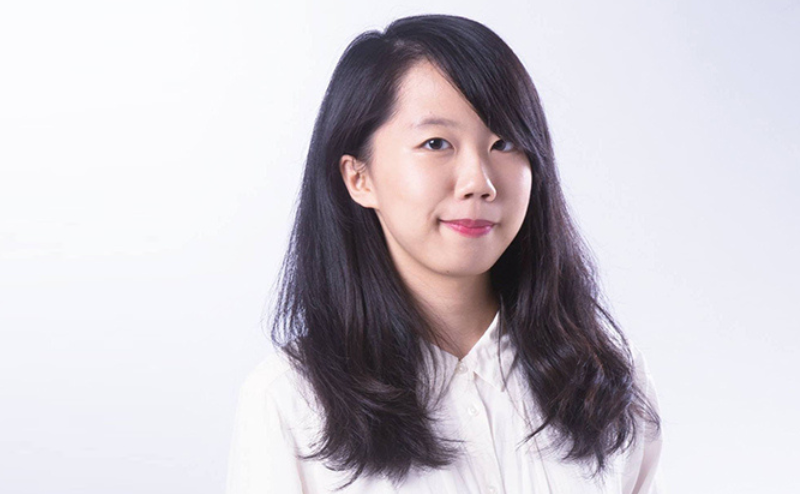
Aslin Lin, Freelance Visual Designer
Graduate of the Graphic Motion Designer diploma (class of 2018), Aslin Lin is now a Freelance Designer. Currently residing in Berlin, she worked for Coffee Circle and Beam before becoming a full-time freelancer. Passionate about social design, she has also worked on a depression awareness campaign in Taiwan.
You graduated from the Graphic Motion Designer course in 2018, can you tell us about your journey since getting your diploma?
I was already working in a Motion Design Studio in Taiwan and I kind of dropped everything to go to Paris to study for a year.
At the end of the year of GOBELINS, everyone needed to have an internship. I remember that I sent 37 e-mails. I had a very good portfolio but all the companies turned me down because I wasn't fluent in French.
Laure Chapalain, the trainer’s coordinator, recommended that I look for an internship in Germany because nobody speaks German there. And I got one opportunity very quickly!
I started my internship in Berlin and afterwards, I got a job as an In-house Visual designer for Coffee Circle, a speciality coffee brand in Berlin.
The company had an e-commerce and also a few real coffee shops. I've worked on digital marketing materials and offline projects such as cafe design, and packaging design...
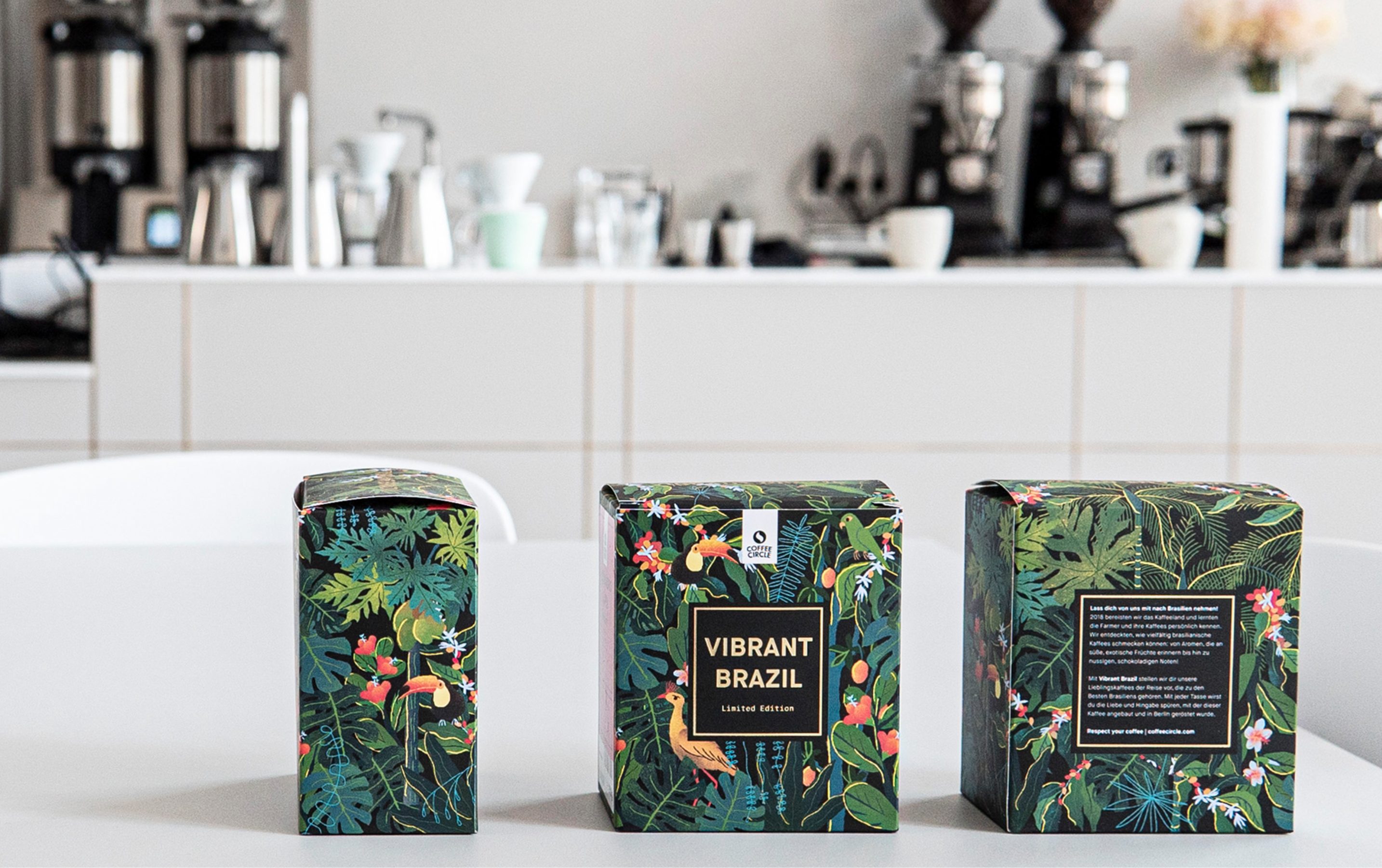
Limited Edition Coffee Package design
Then came COVID. And during the pandemic, I decided to do a bit of freelance work. I had several clients for six months.
And then, in 2021 the founder of Beam offered me a job as Design Director. Beam is a venture capital and a company builder which means they put companies in competition to get financing for their start-up project. It was a little bit like Shark Tank.
They were looking for a designer who could design a branding concept and know everything a company would need right from the start. My job was to guide companies to help them realize nice designs. I gave design advice to them after they got funded. I was in charge of branding and communicating with the agency or other designers to ensure that the product aligned with the brand.
I had multiple clients within the company, so it was already a bit like working as a freelancer.
I worked for this company for three years and recently decided to leave to become a full-time freelancer. I've kept very good relations with all my clients and the companies I worked for, so from time to time I still do some freelance tasks for them.
You didn't speak French when you arrived at the school, so how did you manage to keep up with the classes?
It was hard at the beginning of course but I'm very lucky. I had very good classmates. They helped me a lot, translating the courses for me.
During the course, I just listened and wrote down everything as I could. I also borrowed my friend's notebook, and when I got home, I typed everything into Google Translate.
I also worked very hard. I took evening classes every day from 7 to 9.30 to learn French.

Brand identity Design
Why did you choose to work in Berlin?
I love this city. I started getting to know people there and the atmosphere was slightly different from Paris. I was in a phase of exploration and thought why not give it a try?
In addition, visa formalities in Germany are slightly easier than in France. I tried to apply for an APS (temporary residence permit) to stay in Paris for another year, but I didn't get it. Also, many design jobs in Paris involve short-term contracts. So it wasn't ideal to request a visa. In Berlin, positions were always full-time and application deadlines weren't too long.
But I miss Paris a lot. I still have contact with my classmates. I always feel like part of me is still there.
You created a digital campaign called « Depressy Trouble » for 5 years. Can you tell us a bit more about this project?
It's was my graduation project when I was in Taiwan. I did it with a classmate. Social design is very close to my heart, and I wanted to do something that would help people. We chose the theme of mental health because my mother suffers from bipolar disorder.
In Taiwan, mental illness is taboo, but the stigma of depression can only be overcome through understanding. We decided to create illustrations to simplify knowledge about depression and enable people to learn more about it.
We worked on this project for a year and a publisher offered to publish a book on anxiety disorders.
The website is still running online. It's kind of crazy. Every month we still get 15,000 visits. I keep getting invitations to talk about the project, and I still give speeches in Taiwanese universities from time to time.

"Depressy Trouble"
What is social design?
Social Design is a way of using design to solve complex social problems in society. The use of illustration to tell a story of a complex concept or topic could be a visual solution of social design.
It has become very popular in Taiwan. Design can be used to highlight a social problem. For example, when the revolution started in Hong Kong, I designed a zine to explain it. I also used it to talk about gay marriage in Taiwan with abstract symbols.
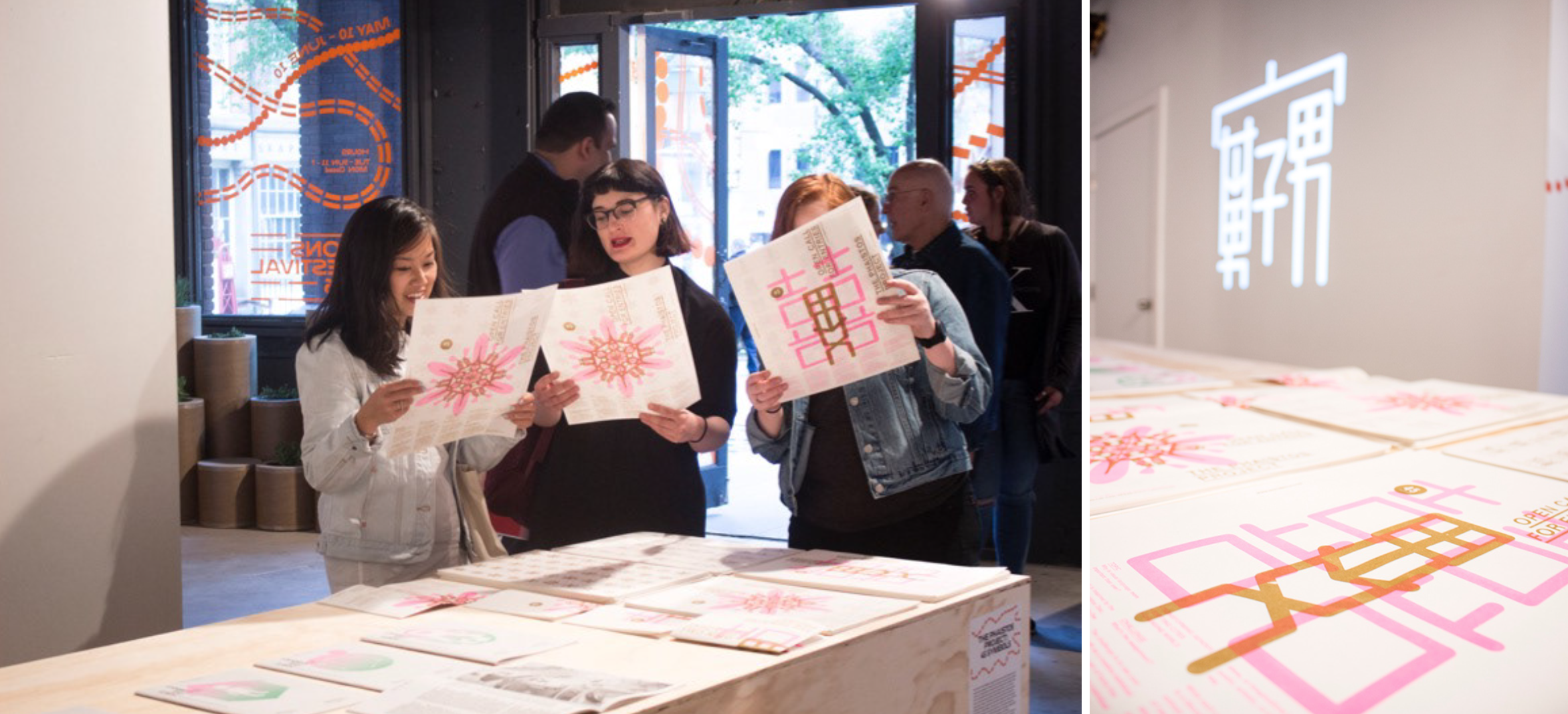
Social design
What do you like most about your job?
Almost every six months, I have new clients or projects, so that I can design a new and brand. Because of my personality, I like new things all the time.
Thanks to art direction, I can also continue to work with other designers. I have to find a marketing designer, motion designers, and sound designers. I feel like I'm working with people who share the same vision of creativity, and I like that a lot.
I also like this job because the outcome is very visual. This means that after six months, your work will be visible, people will hold it in their hands or see it and be pleased. That's where the sense of accomplishment comes from.
Why did you choose to study at GOBELINS, and how did you hear about the school?
Taiwan's Ministry of Education has set up a design scholarship program in collaboration with six schools around the world, entitled "MOE Scholarship Program for Overseas Study in Art and Design".
Each year, the government selects 30 design students and puts them in competition for two weeks. At the end, 10 students are selected and can choose two schools to send their portfolio to. I chose GOBELINS and Parsons in New York.
GOBELINS chose me and I was very happy because I had a very romantic vision of Paris and I wanted to go there.

GOBELINS students
Can you tell us a good memory of your time studying at GOBELINS?
We had very good teachers. I like the way they teach. You can tell they have skills and have worked before.
The second thing was to work on a group project. I was able to work with different classmates every two months. We spent a lot of time together in the classroom. I found it quite nice because we became very close.
The last thing I'd like to highlight is the quality of the projects we were assigned. Laure has always worked with excellent organizations, such as the Jeu de Paume, a museum in Paris.
These were not just student projects. We've always worked with stakeholders, which makes us more serious. That's something I find very impressive.
What advice would you give to a new graduate?
Reality can be a bit cruel when you leave school. It's so free, you're in a very pleasant environment, and the teachers protect you. Once I started working professionally I thought "Oh my God, this is very different from what I do at school". You have to prepare for it.
My second advice is to cherish the connections you make at GOBELINS. Keep in touch with your classmates. It will be a great network when you start working.
For international students, if you want to stay in France or Europe, it will be a good investment if you study the local language. When I was in Paris, I learned French. I found it very beneficial. Now I'm in Germany and I speak German too. Don't expect people to speak only English.
And try to appreciate the culture here too. Over the past four years, some GOBELINS international students have contacted me to tell me about their difficulties. Usually, it's about culture and language. Try to be open-minded and find the positive things and you'll see that life is more beautiful.
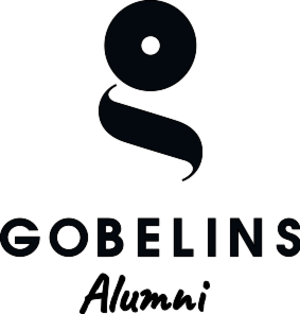









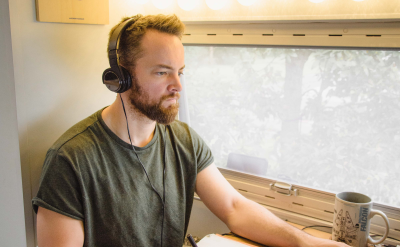
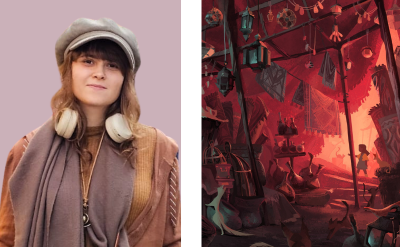

Aucun commentaire
Vous devez être connecté pour laisser un commentaire. Connectez-vous.